Science news in brief: How the ‘world's loneliest frog’ finally found a mate
And a roundup of other stories from around the world
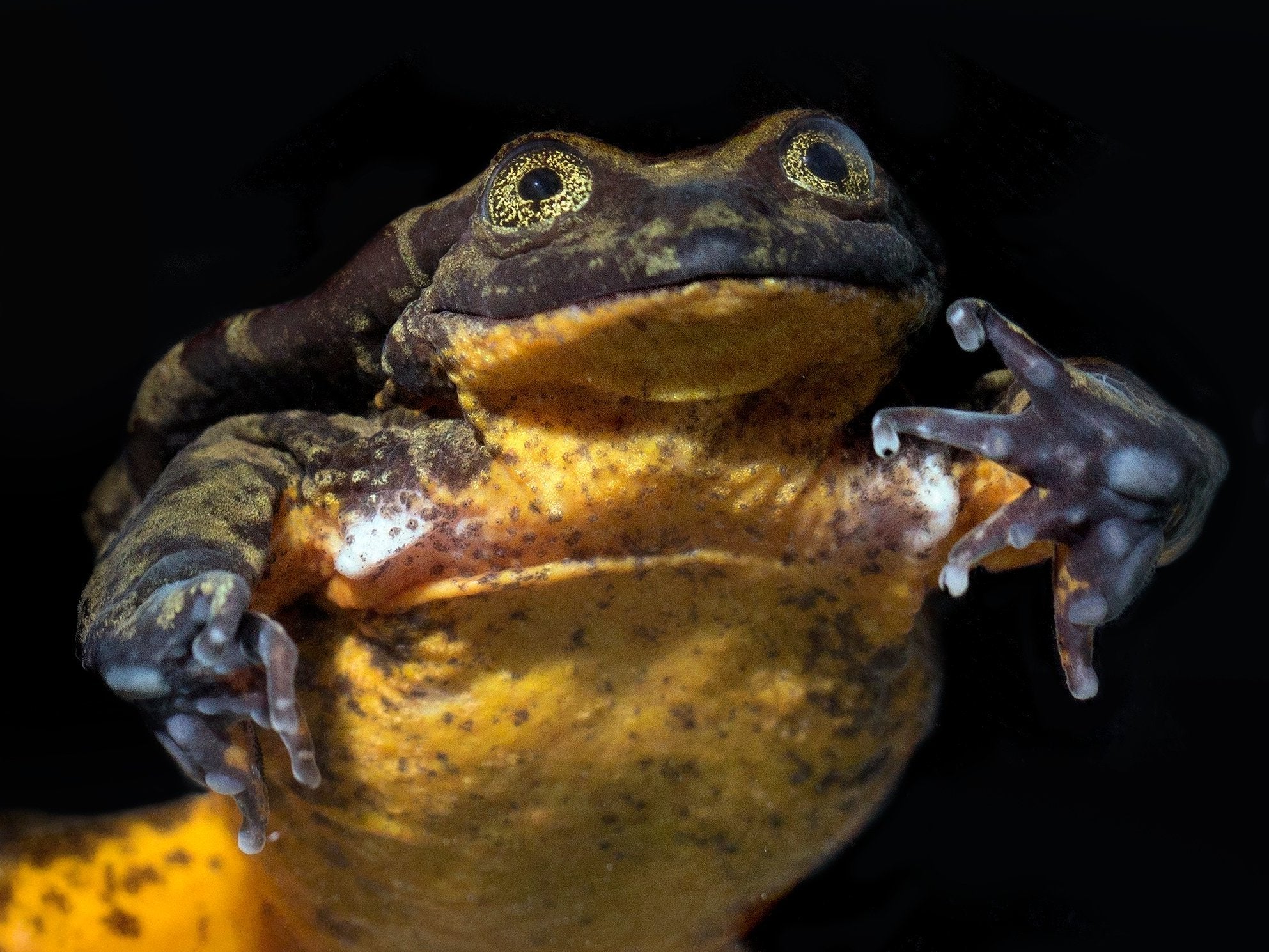
Your support helps us to tell the story
From reproductive rights to climate change to Big Tech, The Independent is on the ground when the story is developing. Whether it's investigating the financials of Elon Musk's pro-Trump PAC or producing our latest documentary, 'The A Word', which shines a light on the American women fighting for reproductive rights, we know how important it is to parse out the facts from the messaging.
At such a critical moment in US history, we need reporters on the ground. Your donation allows us to keep sending journalists to speak to both sides of the story.
The Independent is trusted by Americans across the entire political spectrum. And unlike many other quality news outlets, we choose not to lock Americans out of our reporting and analysis with paywalls. We believe quality journalism should be available to everyone, paid for by those who can afford it.
Your support makes all the difference.A Romeo finds his Juliet, maybe saving their species
Romeo was made for love. But for years he couldn’t find it. It’s not like there was anything wrong with Romeo. Sure he’s shy, eats worms, lacks eyelashes and is 10 years old, at least. But he’s aged well, and he’s kind of a special guy.
Romeo is a Sehuencas water frog, once thought to be the last one on the planet. He lives alone in a tank at the Museo de Historia Natural Alcide d’Orbigny in Bolivia.
A deadly fungal disease threatens his species and other frogs in the cloud forest where he was found a decade ago. When researchers brought him to the museum’s conservation breeding centre, they expected to find another frog he could mate with and save the species from extinction. But they searched stream after stream, and nothing.
Romeo, called the “World’s Loneliest Frog”, started sharing his feelings on Twitter. Things got desperate. He needed a match before he croaked, so last year, conservation groups partnered to create a Match.com profile for him. People related to Romeo’s romantic struggles and on Valentine’s Day last year, the company and his fans raised $25,000 (£19,000) to send an expedition team out to the cloud forest to find his Juliet.
Well, Juliet has been found, and Romeo soon will be a bachelor no more. From this story of star-crossed science and love, conservationists have great hopes. If all goes well when the two meet, their offspring will return to the wild. From there, time will tell if their habitat is preserved, the frogs avoid disease and their legacy continues.
And for all the lonely lovers searching for that special someone, Teresa Camacho Badani, a herpetologist at the museum who found Juliet, has another message: “Never give up searching for that happy ending.”
Although Juliet looks healthy, she is in quarantine for disease testing before she meets Romeo.
If the chemistry is there, the team hopes to reintroduce baby Romeos and Juliets to the wild. But first the researchers must keep the frogs healthy, learn more about how the pair combat the fatal fungus, better understand their habitat and build local support to protect them.
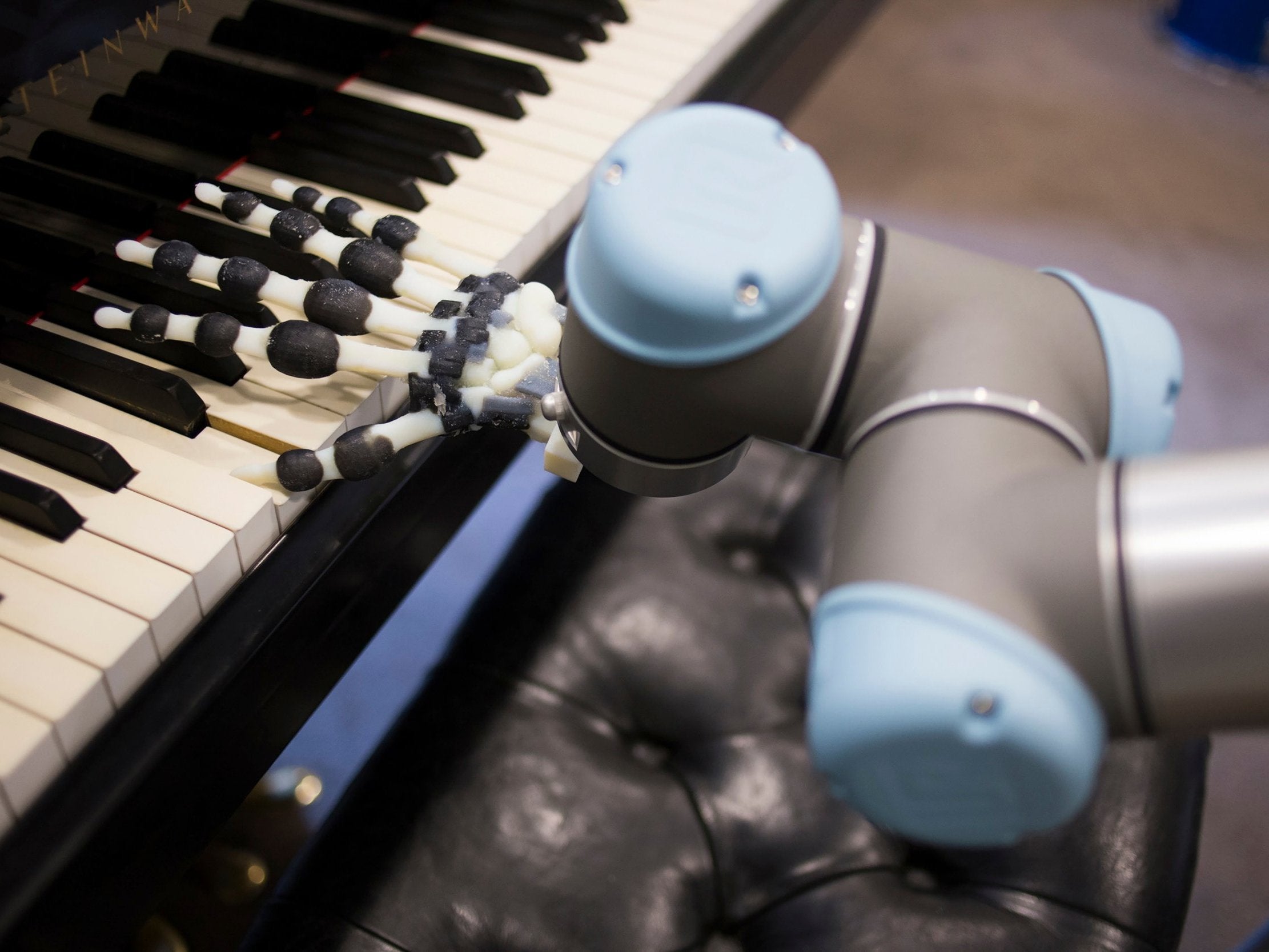
Can a robot play the piano soulfully? Affirmative
Scientists and engineers have been building and programming piano-playing robots for decades. But there’s something different about a new robotic hand that tickles the ivories with techniques usually reserved for humans.
Rather than relying on a maze of motors, as decades of piano bots have, the hand – introduced recently in a paper in Science Robotics – operates passively, meaning its fingers are not individually connected to any motors. Instead, a simple mechanical arm controls only the wrist, and the rest of the hand follows in a design inspired by human anatomy.
“Our aim is to move away from the traditional approach in robotics, where one motor gives one behavior, because that doesn’t scale,” says Josie Hughes, a researcher in the Department of Engineering at the University of Cambridge who led the development of the hand.
Her hand, for now, is far from mastering Chopin or Debussy. But it’s capable of performing different styles and dynamics, and it can eke out a decent “Jingle Bells”.
The research is another step in the effort to design soft robots that move with the nuance of bodies, says Cecilia Laschi, a professor at the BioRobotics Institute of Scuola Superiore Sant’Anna in Italy, who was not involved in the study. Developments in this field might someday lead to robots that can explore natural environments or perform medical diagnoses by touch.
For inspiration, Hughes and her collaborators turned to the human hand.
“We don’t just have intelligence in our brain – we have intelligence distributed throughout the whole of our body,” Hughes says, adding that much of “intelligence arises from physical structure and mechanics.” For that reason, her team designed a mechanical hand with bones and ligaments placed as they are in nature.
Next, they evaluated how hard or soft different components needed to be. In the absence of motors, these varying levels of stiffness generate complexity.
The researchers fabricated the hand with a 3D printer that blended hard plastic and soft rubber in different ratios to create ligaments and joints with varying degrees of stiffness. Then they attached the hand to a robot arm that is commonly used in industrial assembly lines.
Ultimately, Hughes hopes to create a robot that can play piano expressively, rather than just focusing on rigid accuracy.
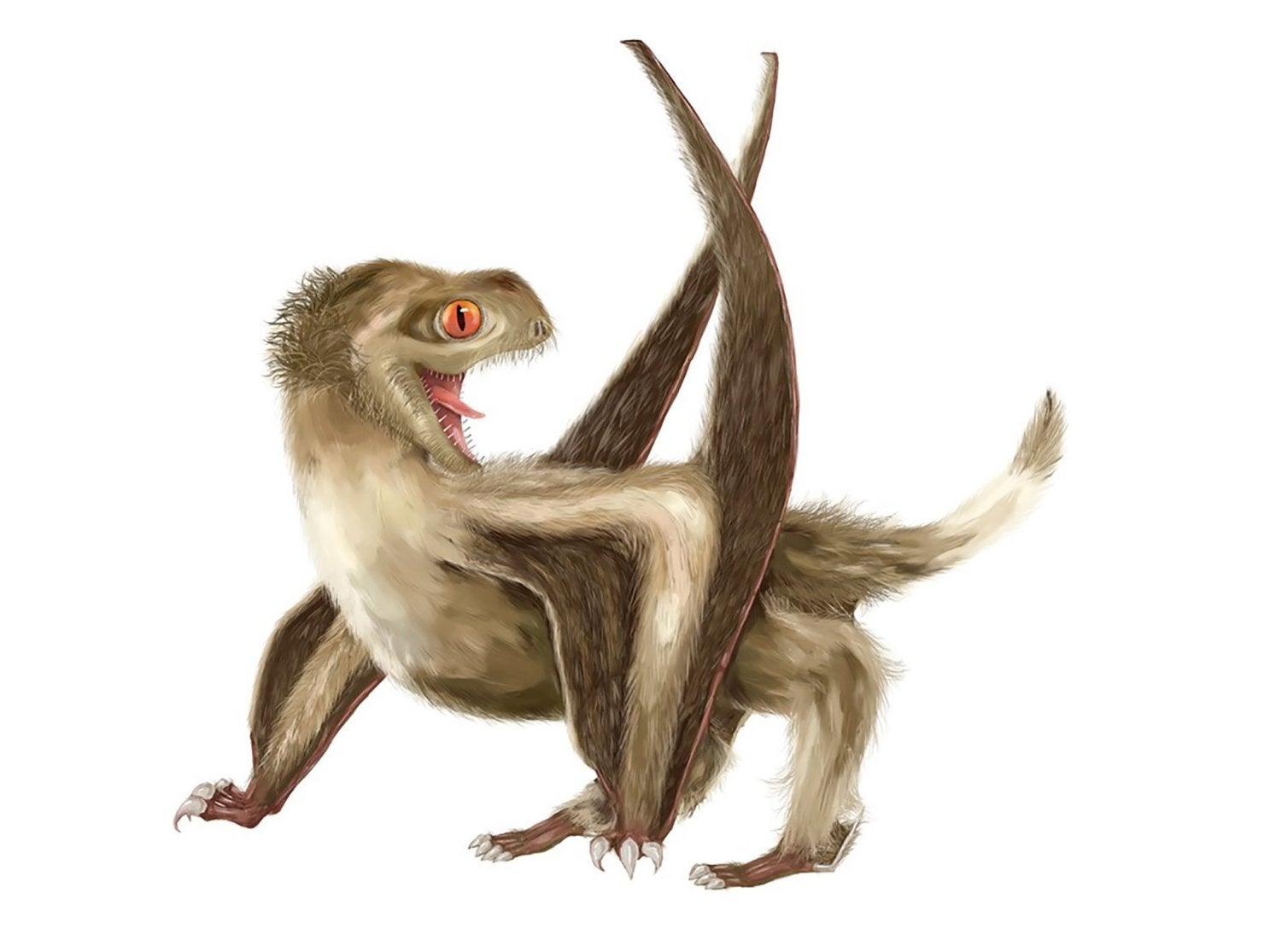
Reptile fossils cast doubt on just exactly when the fur flew
Birds are famous for their colourful feathers, which they use to fly, flirt and keep warm. But long before avians ever flapped their wings, flying reptiles called pterosaurs seized the skies.
Among palaeontologists, it was a long-running assumption that the winged creatures lacked feathers. But a team of researchers has found what they believe to be tiny structures hiding in the fossils of two pterosaurs from China that they say are feathers – not as elegant, but comparable to the plumage on birds and dinosaurs.
More specimens may be needed to confirm the finding, which other palaeontologists questioned. But if true, it would push back the origins of feathers by about 70 million years, and also be the first time that feathers have been identified on an animal that was neither a bird nor a dinosaur.
“The feather has deeper origins, not of a bird but maybe from the ancestors of birds, dinosaurs and pterosaurs,” says Baoyu Jiang, a palaeontologists from Nanjing University in China and leader of the team that collected the fossils. Their research was published recently in the journal Nature Ecology and Evolution.
Some pterosaurs towered as tall as giraffes and had wingspans as wide as F-16 fighter jets. While sometimes pictured as scaly beasts, the fossil record has long revealed fuzzy pterosaurs enrobed in fluffy coats made of tiny structures called pycnofibers. Unlike bird feathers, which contain a central shaft with smaller shafts branching off, pterosaur pycnofibers were thought to be simple strands, similar to hair or fur.
In the latest study, Jiang and Zixiao Yang examined fossils collected in China, of short-tailed juvenile pterosaurs that were about the size of pigeons.
Both specimens were mostly covered in hollow, unbranched pycnofibers that resemble fur. But the team then found one type of branched structure, which looked like a curved painter’s brush, on the neck, part of the forelimb and foot area and tail of one of the specimens. A second structure, found on the head of the same specimen, had a central shaft that branched off near the midpoint almost like a fraying rope. And the last, which was found on both pterosaurs’ wing membranes, looked straggly like down feathers on a chicken.
In contrast with the sleek, aerodynamically designed feathers seen on modern birds, these feathers were most likely for insulation, the researchers say.
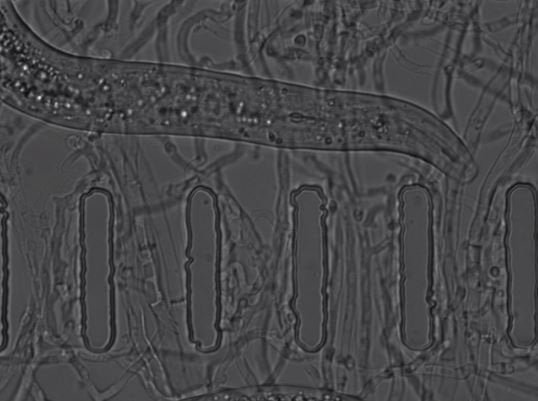
Don’t hit this mushroom: it’ll hit back harder
It’s known as fight or flight – the message the brain sends your body when it detects something frightening. Something like it happens to plants when they are under attack, too. And then there are fungi – perhaps the most mysterious kingdom of multicellular life.
Fungi too can sense attackers and manufacture powerful weapons to combat them, including the toxins and poisons that can send you to the emergency room if you eat the wrong mushroom.
But little is known about the built-in threat detectors of these limbless, brainless beings. Humans send messages through their nervous systems. A plant’s vascular system is its relay apparatus. But fungi have neither.
Scientists trying to solve this mystery recently grew mushrooms in the lab, unleashed fungi-eating nematodes on them and videotaped the aftermath. They found that the fungi somehow sensed the predators and sent signals to other parts of their bodies. Their findings, published recently in Current Biology, shed new light on how the many cells within even primitive organisms communicate like plants or animals.
“They may appear simple, but they share features that are also known for more complicated organisms,” says Markus Künzler, a microbiologist at ETH Zürich in Switzerland who led the study. “There is internal communication going on that we know very little about.”
What we do know is that fungi-loving nematodes ingest their dinner like creepy, syringe-wielding serial killers. The worm uses a needle on its head to puncture the mushroom’s hyphae – the stringy filaments that make up its mycelium, or vegetative body – and suck out its cellular content.
Under attack, Coprinopsis cinerea, the mushroom commonly known as the “grey shag” or “inky cap” and often used in fungi research, puts up a slow, but steady fight.
Fungal architecture is quite different from that of plants and animals. Künzler’s results suggest that the cells within a fungus’ hyphae communicate using chemical signals, but additional research will be required to confirm the finding.
“We think the signal has to travel from one cell to another across the cytoplasm of the cells, which is very special or different from how the signaling is done in a plant or animal body,” he says.
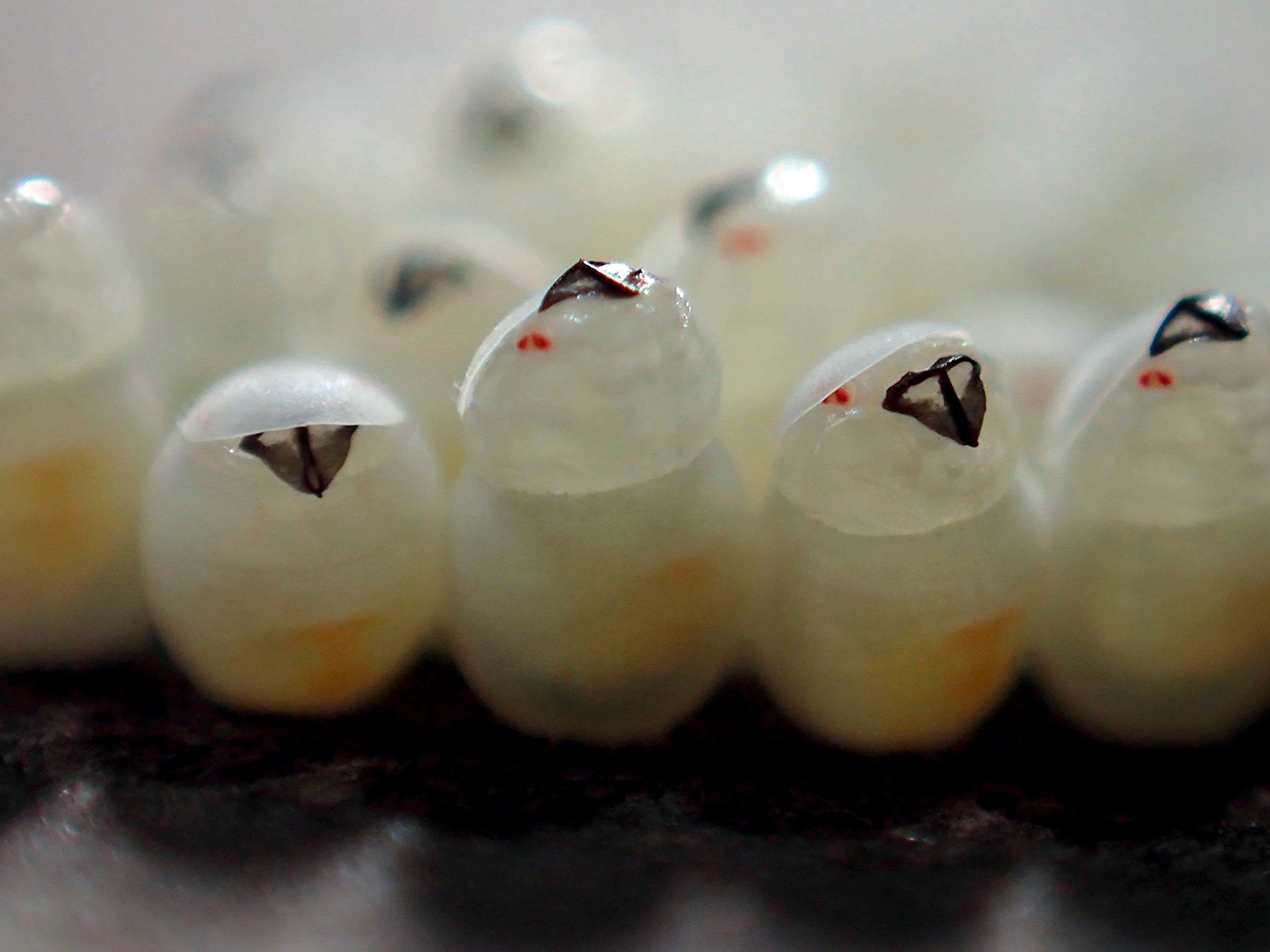
The egg came first. Then the egg, egg, egg, egg, egg and egg
Long before an ordinary chicken egg became an Instagram star, Jun Endo, a PhD student at Kyoto University, sat gazing intently at another egg. This egg was much smaller, roughly the size of a sesame seed, and contained a stink bug.
The mystery was this: when the egg finally hatched, it would do so virtually in unison with all the other stink bug eggs clumped around it. How? What signaled an egg on one side of the brood to hatch so soon after an egg on the other side?
Synchronised hatching may be common in the animal world; scientists can’t say for sure, as the phenomenon is not well studied. The broods of some stink bug species hatch over several hours. Endo’s brood belonged to the brown marmorated stink bug, Halyomorpha halys, which is known for wreaking havoc on farms and in suburban homes across the United States. Through a series of experiments, he attempted to identify the cue that got the eggs hatching.
“At first I had to consider every possibility – a sound, volatile chemical, vibration and pressure,” he says in an email. It was only when he played a vibration at a specific frequency, and the eggs promptly hatched, that he knew he was on the right track. Additional experiments confirmed that the vibration – brief, barely audible and recorded from a hatching stink-bug egg – signaled other eggs to follow suit.
The discovery, described in a paper in Current Biology recently, resonated not only with the stink-bug researchers of the world, but also with life-science researchers focused on biotremology, the science of vibrations.
“Not many people know about it, but they should,” says Peggy Hill, a behavioural ecologist at the University of Tulsa, and author of a book called Vibrational Communication in Animals. In recent years, scientists have paid increasing attention to the role that vibrations play in the lives of elephants, kangaroos, crickets and many other animals.
“What makes it cool is that it’s something we can’t hear in the air,” Hill says. “But it’s an essential communication cue or signal.”
© New York Times
Join our commenting forum
Join thought-provoking conversations, follow other Independent readers and see their replies
Comments